Building booms occurred in Birmingham and other central Alabama communities between the late 1800s and the late 1920s as a direct result of the rapid expansion of industry, trade, and population that occurred during this time period. At the turn of the 20th century, Birmingham had established itself as the region’s primary hub for manufacturing.
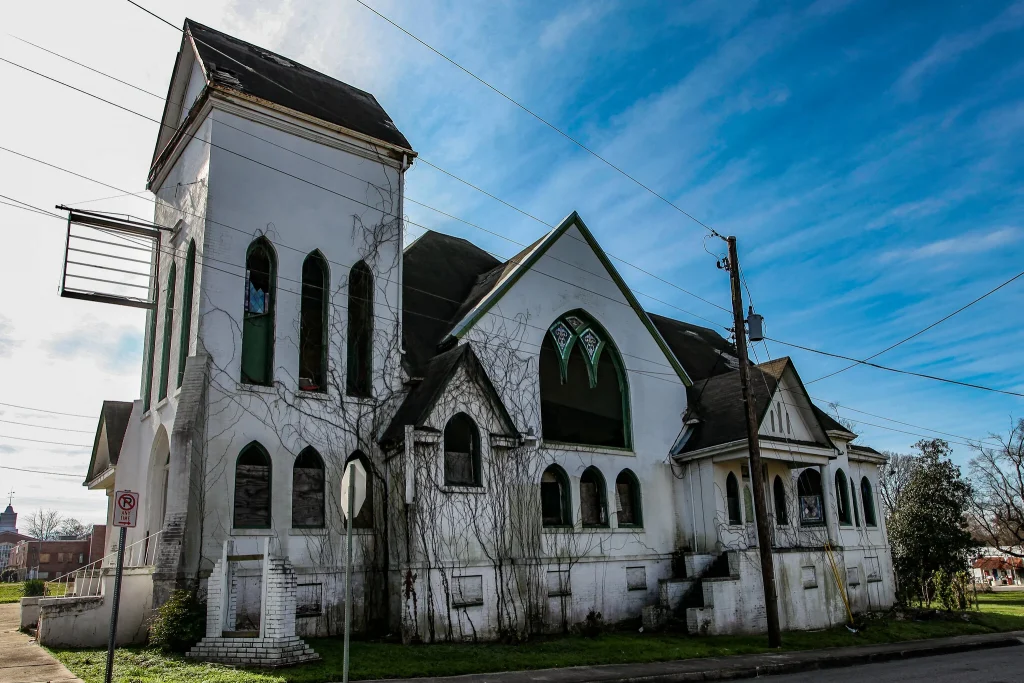
At that time, the region surrounding Birmingham was home to at least ninety towns, many of which developed due to their proximity to mills, mining operations, and blast furnaces. These towns ranged in size from small mining communities to big industrial cities such as Bessemer, Thomas, Ensley, and Pratt City.
The development of a complex of coal mines in 1879 that came to be known as the Pratt Mines was the catalyst for the fast growth of Pratt City, which had previously been known as Coketon. From the time it first opened until the beginning of the Great Depression, the mines enjoyed a prosperous period of operation. In that year, the Pratt Mines were the site of the beginning of Birmingham and the New South’s participation in the American industrial revolution.
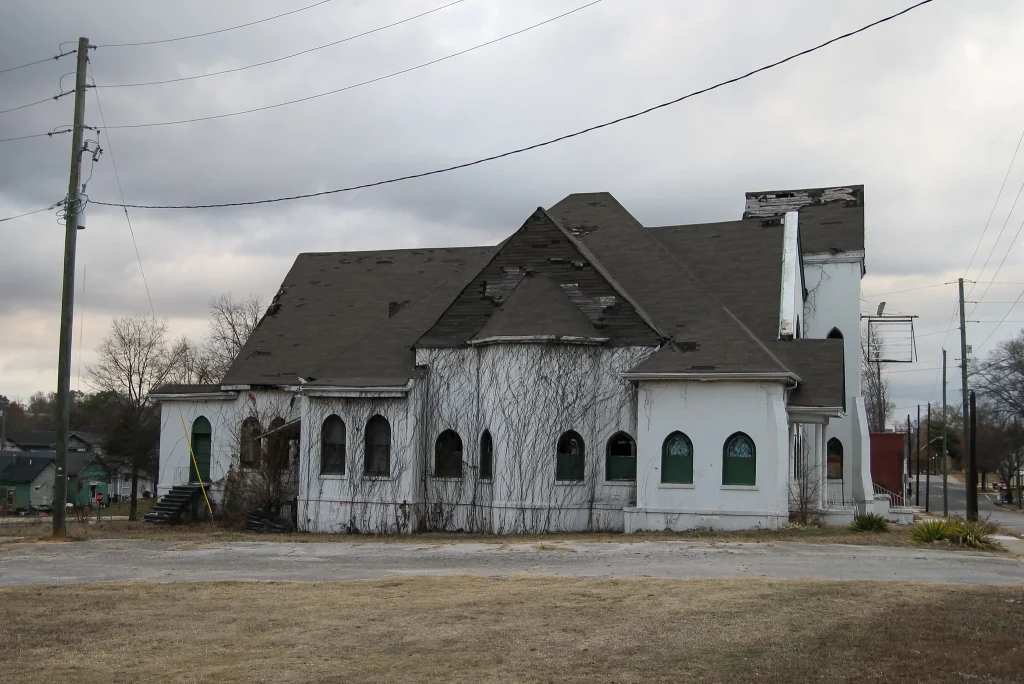
These mines can be found just on the edge of the Historic District’s western limit, which is only to the west of the district itself. From Slope #1, the very first entrance into the largest and highest quality of Alabama’s coal seams, poured forth tons and tons of the Pratt coal that was used to fire the furnaces, stoke the locomotives, and heat the homes of what would become, by the late 1800s, the South’s largest industrial center, Birmingham. This Pratt coal was used to fuel the industrialization of Birmingham.
William Gould was the one who sank the area’s initial shaft, and in 1878, Henry DeBardeleben’s Pratt Coal & Coke Company developed the area so that it could supply Linn Iron Works and Alice Furnace, both of which were located in downtown Birmingham. Daniel Pratt was the name that DeBardeleben gave the business in honor of his father-in-law, who was also a generous contributor.
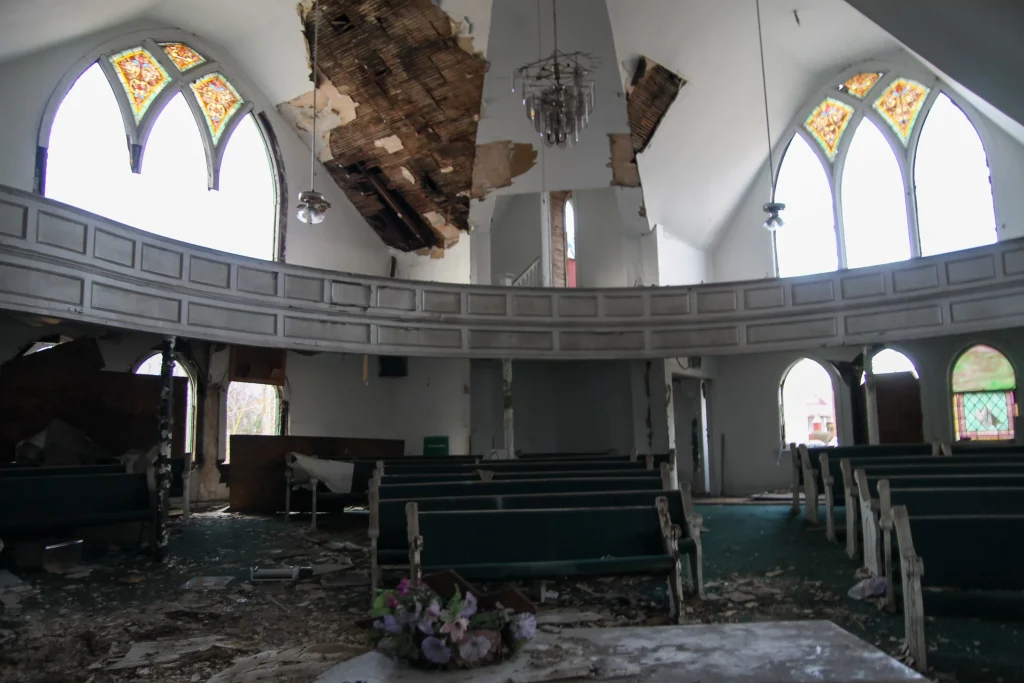
While he focused on business development, his business partner Truman Aldrich collaborated with engineer Llewellyn Johns to establish mining and coking operations. Later on, the attention that was garnered around the world by the Pratt Mines during the World Exposition of 1884 contributed to the migration of immigrants from rural areas in the south, industrial states in the north, and foreign nations. A diverse group of people from a variety of cultural backgrounds lived and worked in Pratt City’s mining and small business communities. By the year 1886, the Pratt Mines had developed into Alabama’s most extensive mining complex.
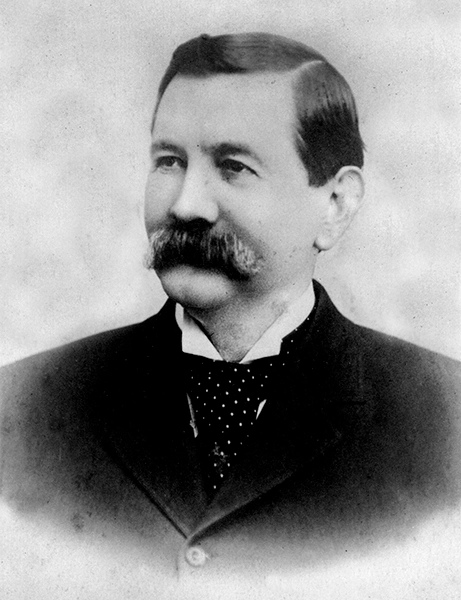
Pratt City had streetcar service from Birmingham in the year 1887, which resulted in the creation of a heavily traveled commercial spine. The number of churches in Pratt City increased in tandem with the city’s economic development. The construction of the new Southern Methodist Church in Pratt City, Kansas, began in December 1901 at the intersection of Third artery and Third Avenue. This location is on the main artery of the city and is just above the streetcar line. The congregation, which was being led by Reverend J. R. Turner and had approximately one hundred new members in the previous five months, was excitedly awaiting the completion of its new structure. Turner, who managed the project, was largely responsible for the construction of the new church building.
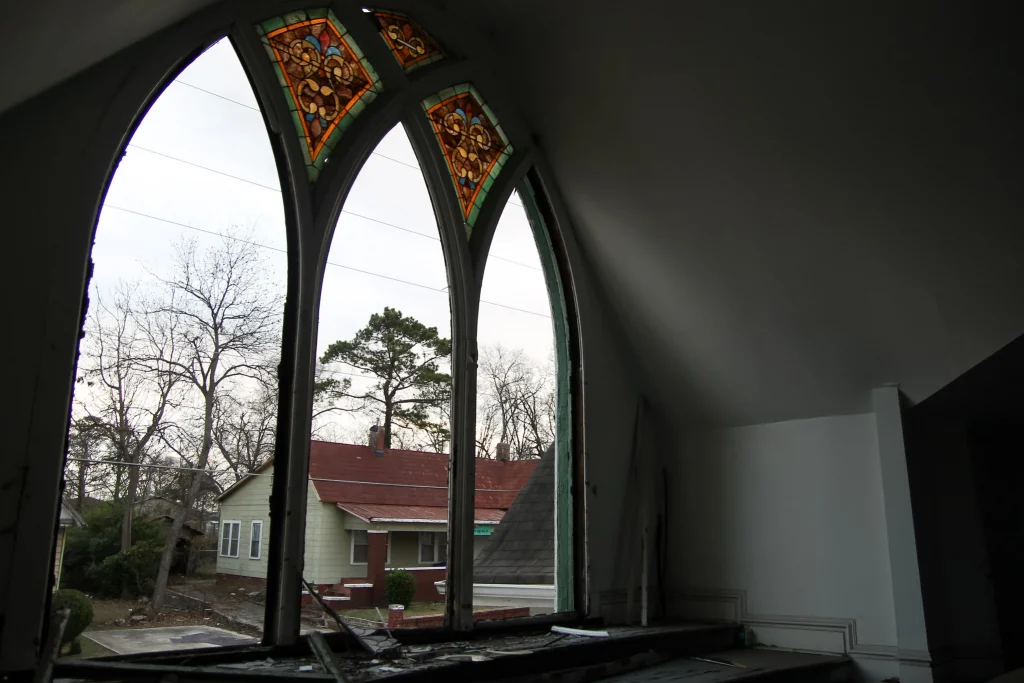
In 1902, an article published in The Birmingham News described Pratt City as having become a “city of churches” due to the presence of at least fourteen to fifteen different places of worship all around the town. This place of worship was erected at a cost of ten thousand dollars by the contractor Hudson W. Culpepper. On April 4, 1902, members of the local Masonic lodge presided over the ceremony that marked the laying of the cornerstone for the Southern Methodist Church of Pratt City. Dr. Russell McWhorter Cunningham, who worked to improve the care and health of leased convicts and was named physician and surgeon at the Pratt mines in 1885, delivered a speech. Dr. Cunningham worked to improve the treatment and health of leased convicts.
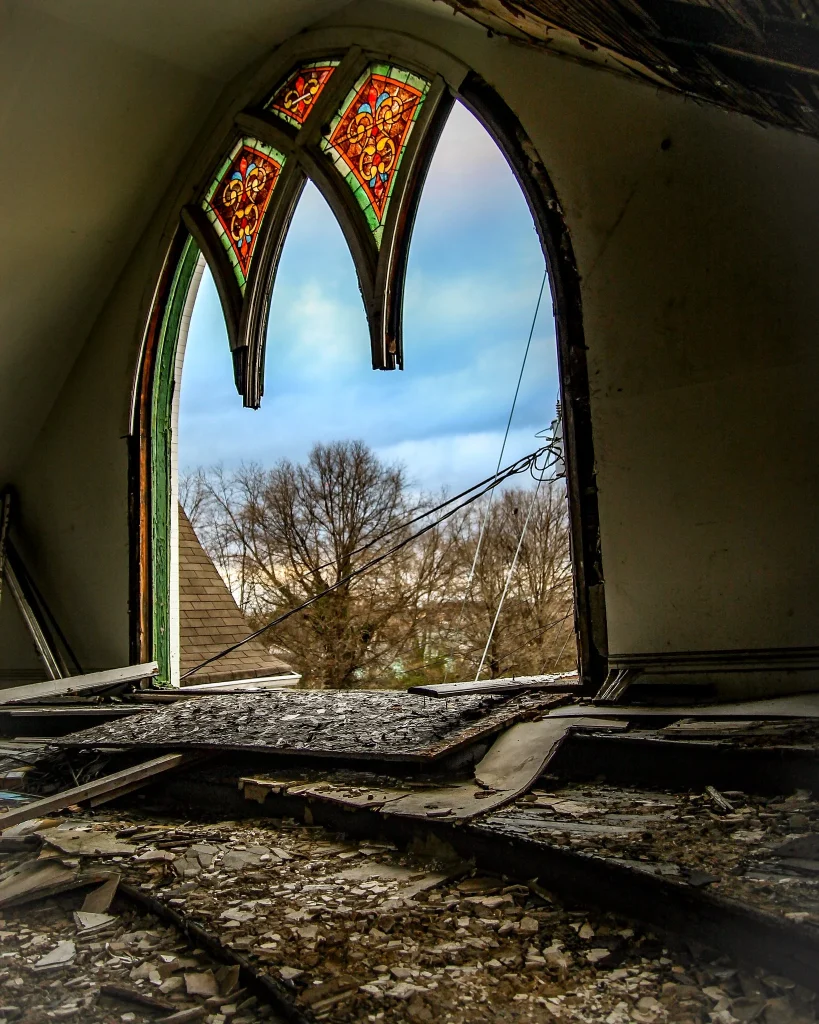
The Pratt Mines were responsible for the annual production of 2,000,000 tons of coal and employed close to 3,000 persons in the production of this one commodity alone. Other workers, numbering in the hundreds, were employed in the production of coke and other goods of a similar nature, as well as in the management of the mines. Because of the infusion of merchants and investment capital, the commercial districts of the town expanded to the point that by 1910, the Pratt City Carline District was serving as the commercial center for the largest of the industrial villages that were incorporated into the City of Birmingham in the same year.
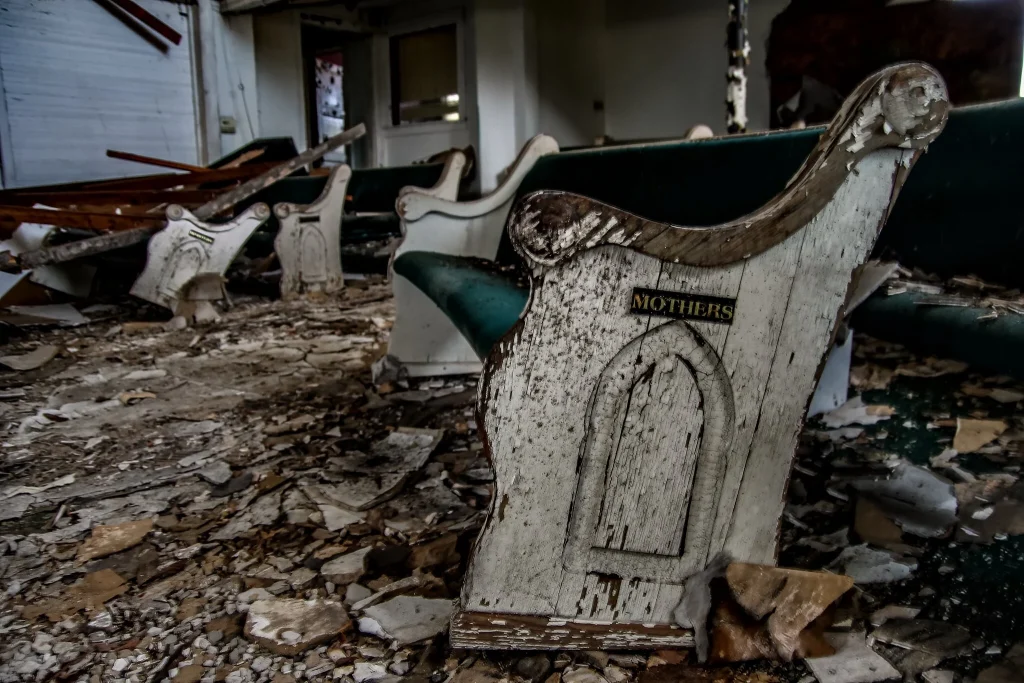
The population of Pratt City, which was 6,000 at the time, was bigger than that of Ensley and North Birmingham, which are both municipalities that have far larger geographical areas. The 1920s saw the end of mining activities at the Pratt Mines. Despite this, the region continued to be an important commercial hub into the 1950s. After the mines stopped operating, Pratt City’s economy deteriorated, and it has been in gradual decline ever since. In 1989, the Pratt City Carline District was included on the list of historic places maintained by the National Park Service. The nomination form described it Birmingham’s oldest and most comprehensive collection of commercial resources that is still intact.
The Methodist church was forced to relocate and eventually united with another congregation during the 1970s. In later years, the structure that housed the church was acquired by a Pentecostal congregation known as the Original Miracle Deliverance Temple. Sadly, in 2009, the property was sold to an investment firm since the congregation was getting smaller and there wasn’t enough money to pay for the necessary renovations.
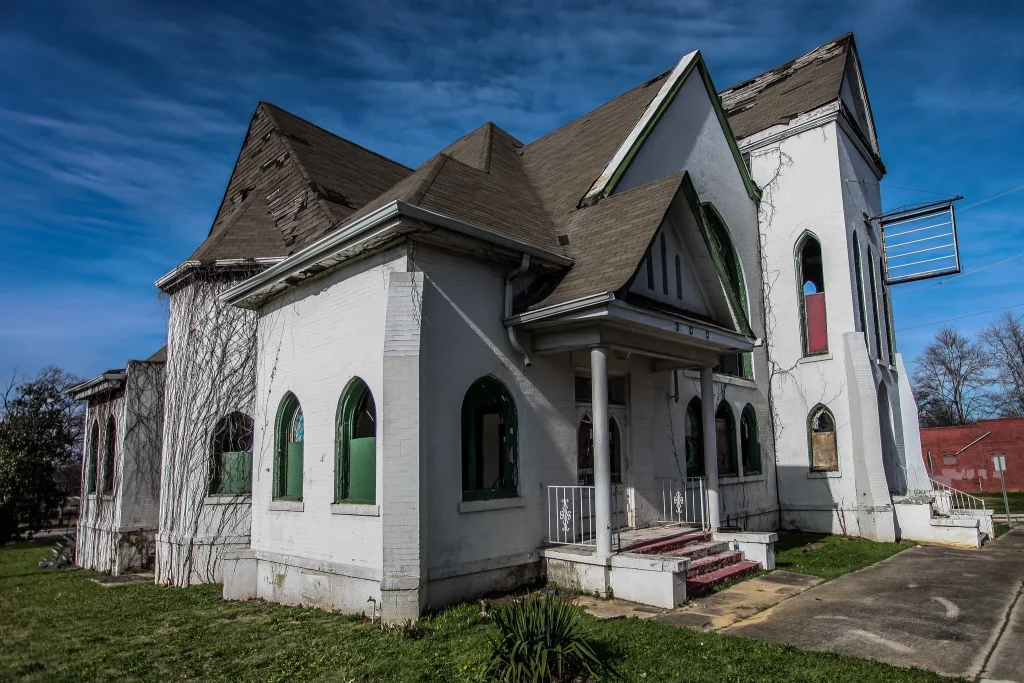
On April 27, 2011, Alabama was struck by a devastating tornado outbreak that resulted in scores of tornadoes touching down across the state, including a monstrous EF4 tornado that tore through Pratt City. The outbreak took place on the same day. After the hurricane, several buildings were damaged beyond repair and had to be taken down, but the church managed to survive intact. In the year 2020, the historic Methodist church was taken down for good.